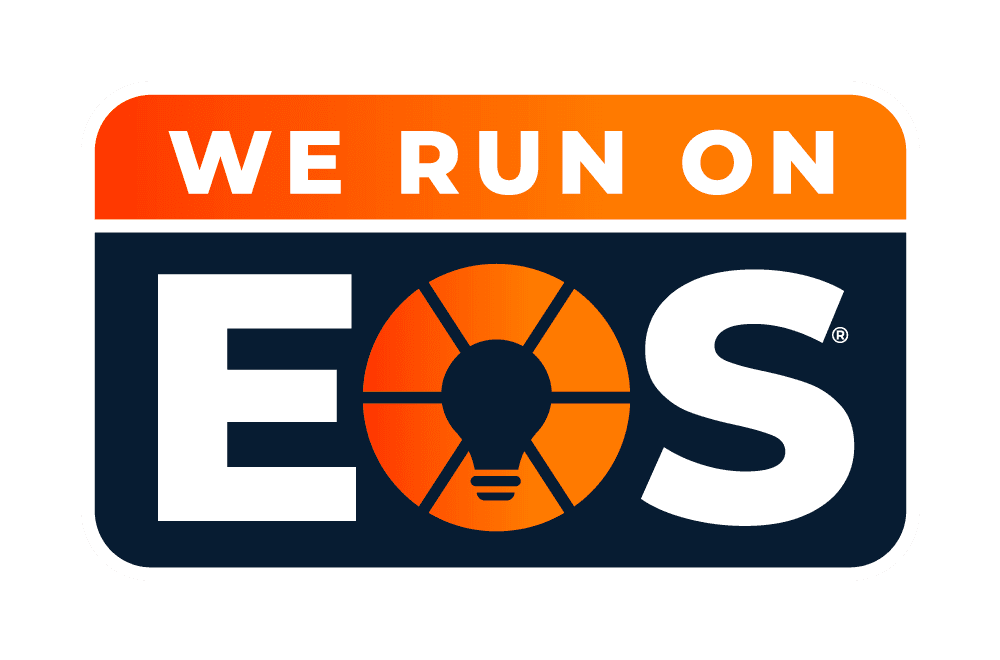Smart IoT Bus Stop: Where Intelligence Meets Cellular Connectivity
In today's fast-paced world, technological advancements continue to reshape various aspects of our lives, including urban transportation systems.
The emergence of the Internet of Things (IoT) has led to the development of innovative solutions for urban mobility, one of which is the concept of a Smart IoT Bus Stop enabled by cellular connectivity.
This revolutionary idea aims to enhance the overall public transportation experience for commuters while bringing greater efficiency to urban transit systems.
What is IoT and How Does it Apply to Public Transportation?
The Internet of Things (IoT) refers to the interconnected network of devices and objects that can communicate, exchange data, and perform tasks without human intervention. When applied to public transportation, IoT enables various components within the transportation ecosystem, such as buses, stops, and passenger information systems, to exchange real-time data seamlessly.
The Components of a Smart IoT Bus Stop
A Smart IoT Bus Stop involves the integration of several technological components:
Sensors and Cameras
Sensors placed within the bus stop can collect data on passenger footfall, weather conditions, and air quality. Cameras provide real-time video feeds for security and monitoring purposes.
Connectivity Infrastructure
Cellular connectivity forms the backbone of a Smart IoT Bus Stop. It enables the transmission of data between the bus stop, buses, and central management systems.
Passenger Information Displays
Digital displays provide real-time bus arrival and departure information, minimizing waiting times and enhancing the passenger experience.
Renewable Energy Sources
Solar panels can be integrated into the bus stop design, powering the technological components and making the stop more sustainable.
How Cellular Connectivity Revolutionizes Bus Stops
Cellular connectivity serves as the linchpin of this innovation. It empowers the Smart IoT Bus Stop with:
Real-Time Data Exchange
Cellular connectivity enables instant communication between the bus stop and central systems, ensuring accurate bus arrival times and updates for passengers.
Remote Monitoring and Maintenance
Technicians can remotely monitor the condition of the bus stop's components, allowing for proactive maintenance and issue resolution.
Data-Driven Insights
The data collected from sensors offer valuable insights into passenger behavior, traffic patterns, and environmental conditions, aiding in the optimization of transportation services.
Benefits and Impacts on Urban Transportation
Enhanced Passenger Experience: Smart IoT Bus Stops provide passengers with real-time bus arrival information, reducing uncertainty and waiting times. This improves overall satisfaction and encourages more people to use public transportation.
Efficient Transit Operations: With accurate data on passenger numbers and bus schedules, transportation authorities can optimize routes, allocate resources effectively, and reduce congestion on the roads.
Environmental Sustainability: The integration of renewable energy sources reduces the carbon footprint of the bus stop while promoting the use of public transportation, which is more eco-friendly than private vehicles.
Data-Driven Decision Making: The wealth of data collected from Smart IoT Bus Stops enables urban planners to make informed decisions regarding infrastructure, traffic management, and urban development.
Challenges and Considerations
Privacy and Data Security: Collecting passenger data raises concerns about privacy and data security. Clear regulations and protocols must be established to safeguard sensitive information.
Initial Investment: Implementing Smart IoT Bus Stops requires a significant upfront investment. However, the long-term benefits in terms of efficiency and sustainability often outweigh the initial costs.
Maintenance and Upkeep: Regular maintenance is crucial to ensure the seamless functioning of the technological components. Adequate training for technicians and staff is essential.
Innovating Urban Mobility Through Connectivity
The concept of a Smart IoT Bus Stop enabled by cellular connectivity marks a significant step towards transforming urban transportation. By leveraging real-time data, connectivity, and renewable energy, these innovative bus stops enhance the passenger experience, streamline transit operations, and contribute to a more sustainable urban environment. Contact Stargent at 214.449.0358 today to learn more.

